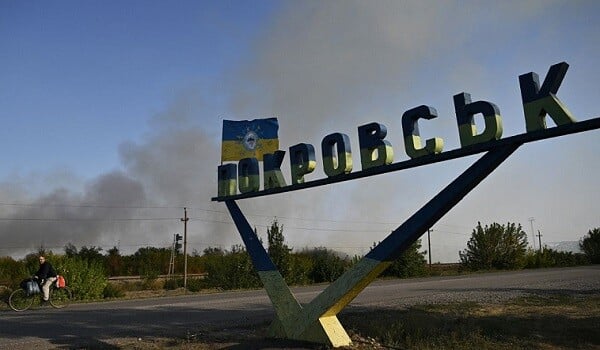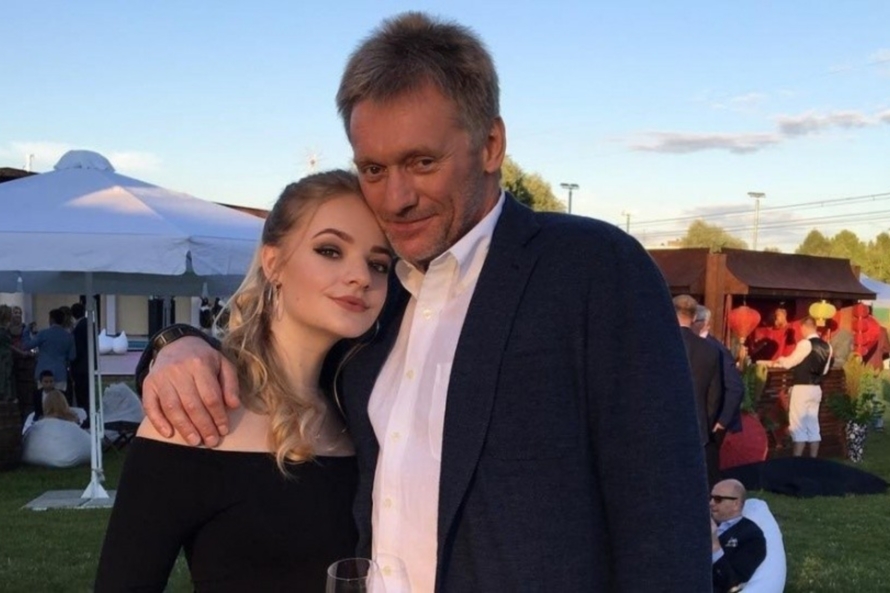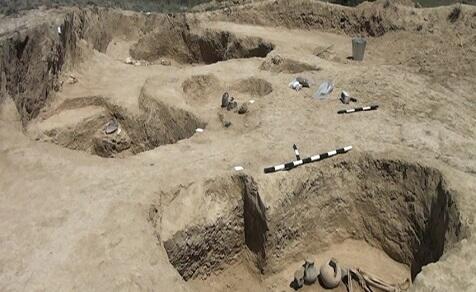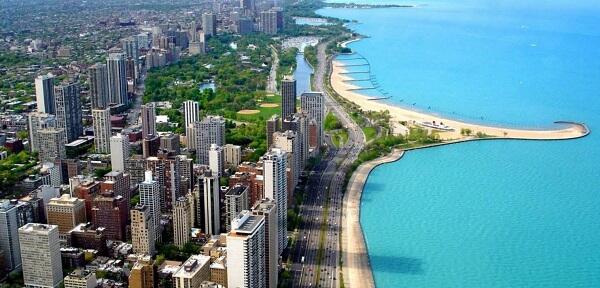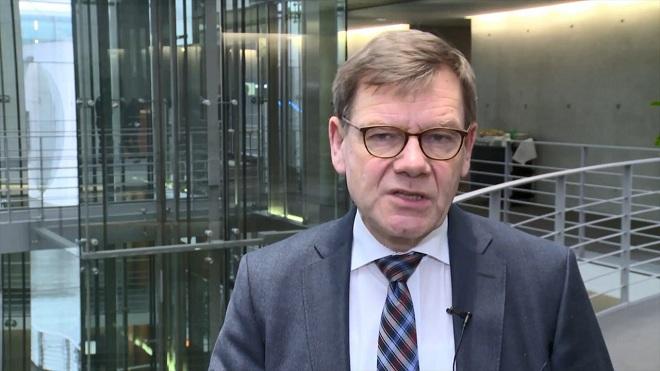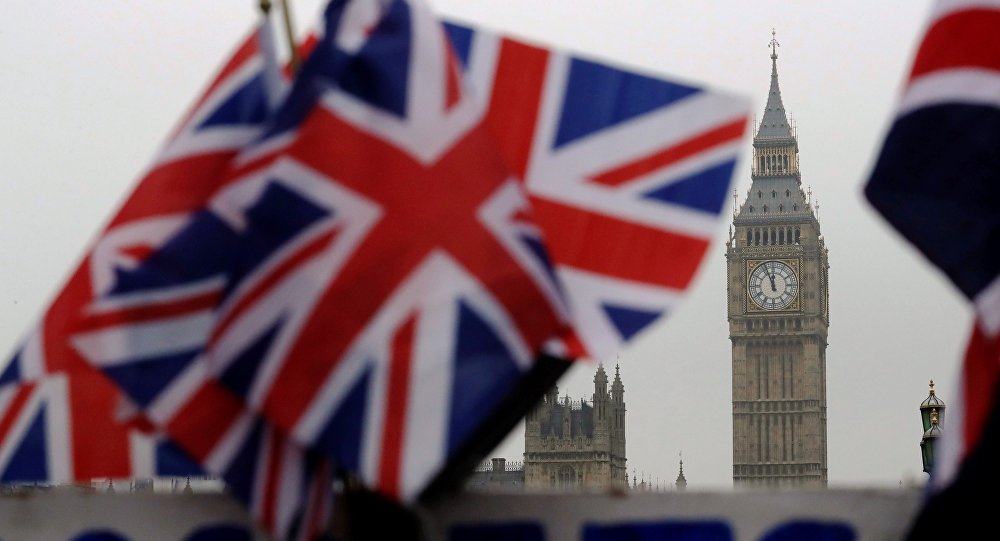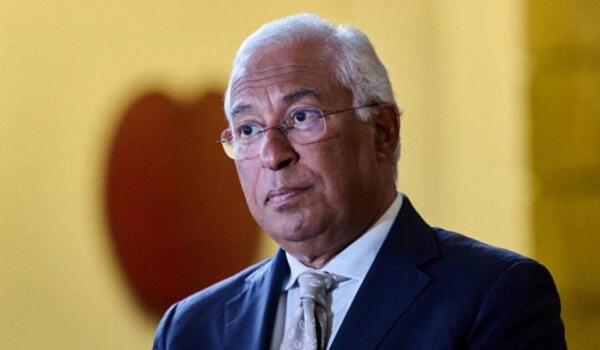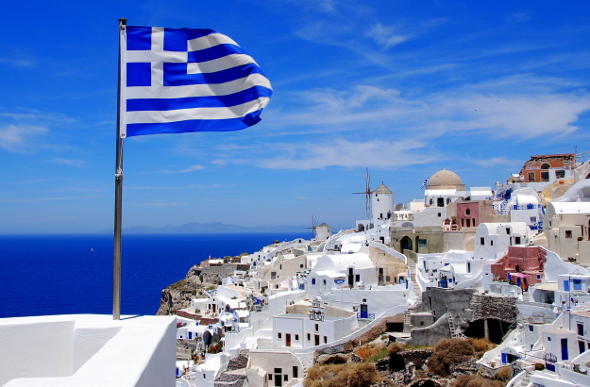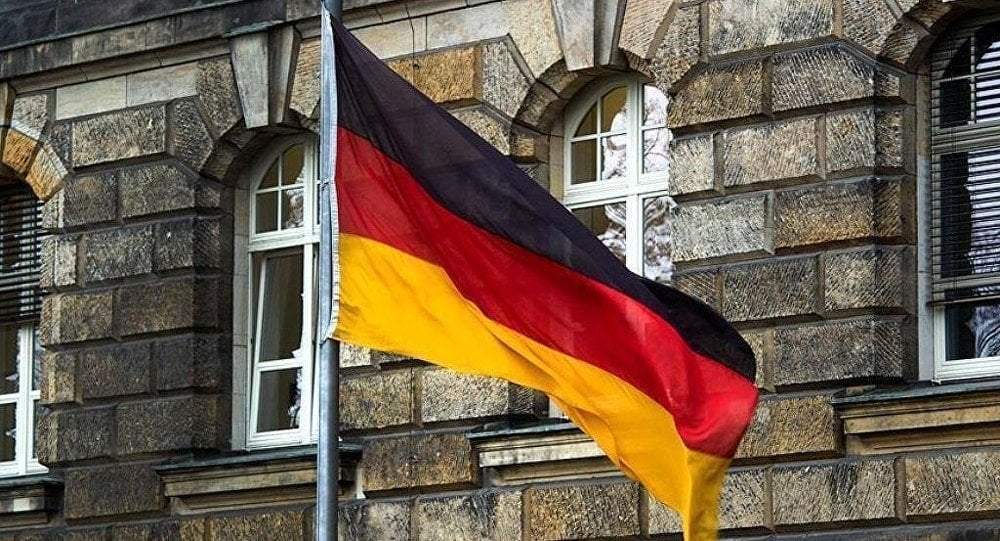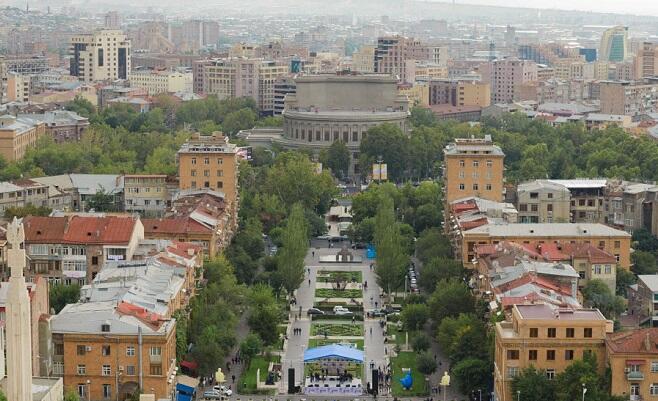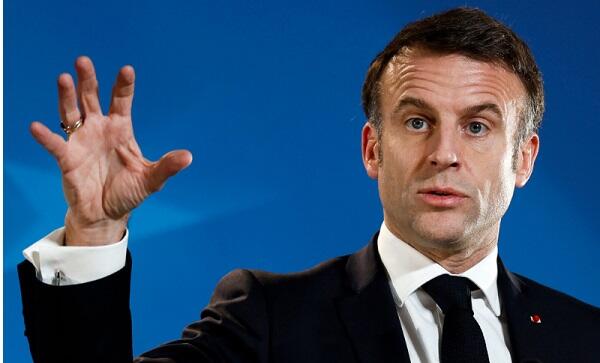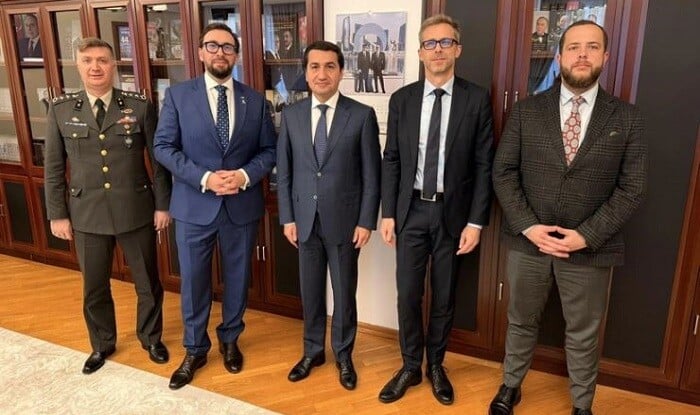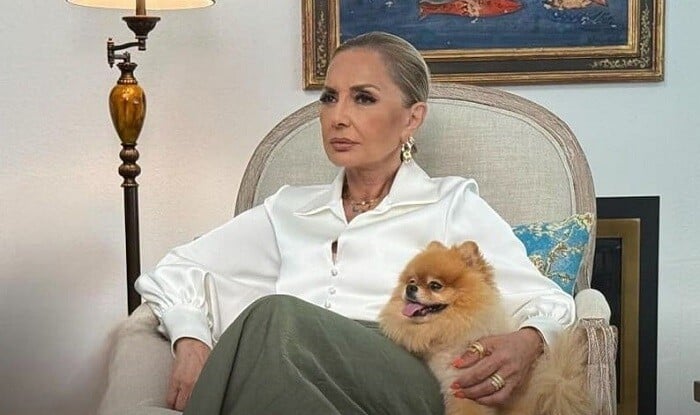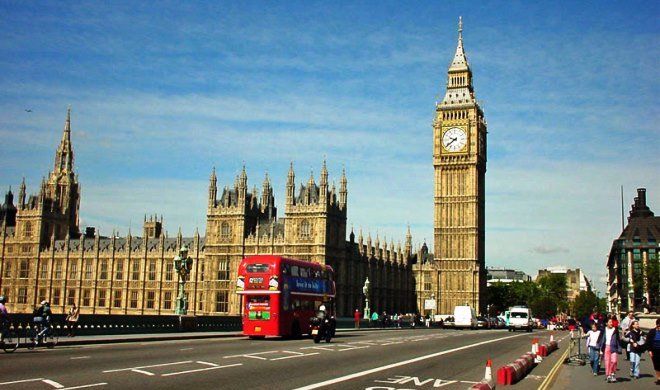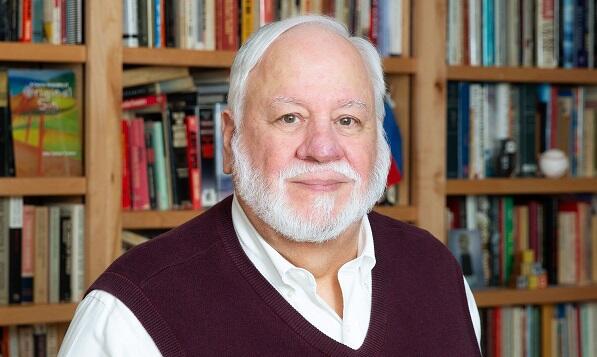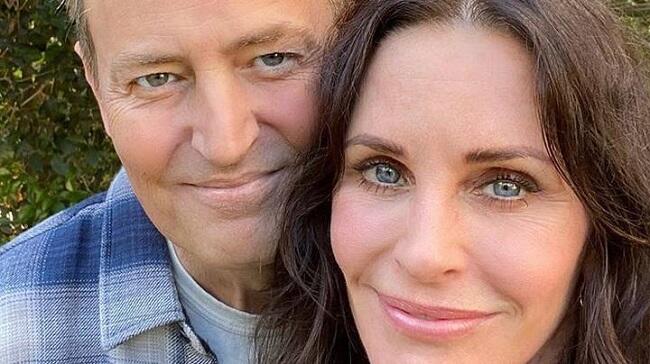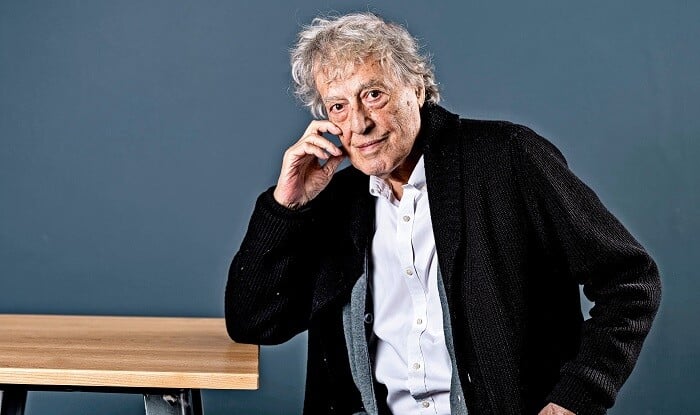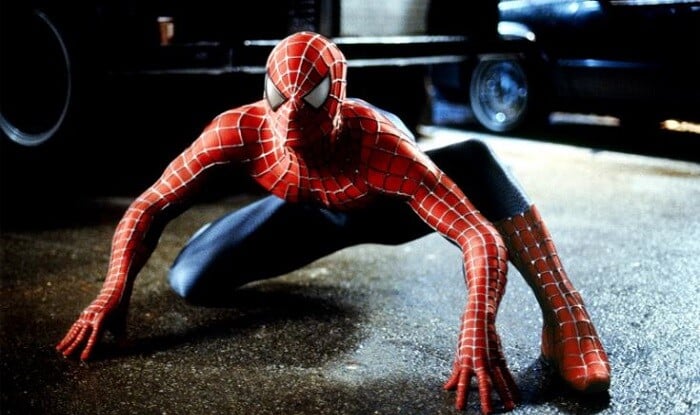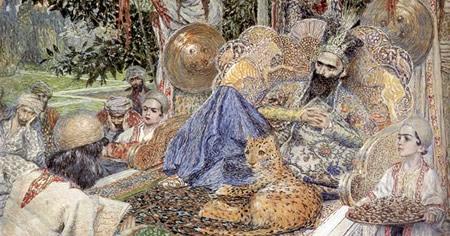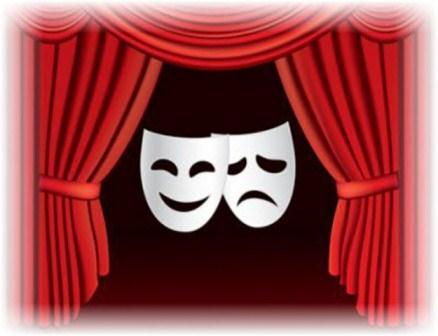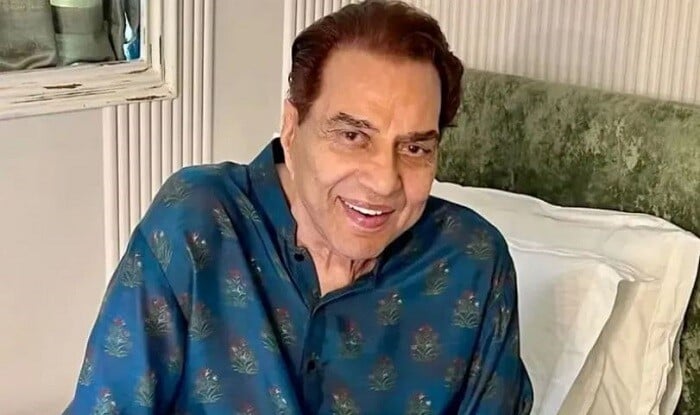Axar.az presents the article “Art and The City” by John Samuel Tieman.
Over the decades, I've volunteered for numerous arts organizations. I've been on the boards of several literary journals. I served on the Literature Panel of the Missouri Arts Council. I was President of the Municipal Arts And Letters Commission of University City, my home, an inner-ring suburb of St. Louis. I am now on the City Council, and serve as Council Liaison to the Arts And Letters Commission. Perhaps most importantly, I am a poet.
I at times am asked about the practical consequences of public art. I can address this in a variety of measurable ways. Public art increases property values. People are employed to create and install the art. Data strongly indicates that cities, with an active and dynamic cultural scene, are more attractive to businesses. Public art shows that this place is culturally active, and that's good for business. Art is a very public catalyst for community generation and regeneration. Then there are practical consequences that are real if almost ineffable.
Let's start with the simplest idea. People want to live in a beautiful place. Many folks might not be able to express precisely what they want. But they are clear about what they don't want. Nobody wants to live in a place that reminds them of computer entrails and robot vomit. They want beauty. They want art. It's the community's job to fulfill that need.
Public art reflects and celebrates the local culture. To borrow from Tip O'Neill, all art is local. A work of art has a zip code. Some artist has chosen this form of expression, and decided to put it right here right now. The way a piece reflects local culture is perhaps most evident when a work is representational, when it incorporates say a local landmark. My home, St. Louis, is associated with The Arch. It's on everything. This signature landmark of my hometown is America's largest work of abstract art. That 20th-century art frames two notable pieces of architecture, the “Old Cathedral” from the 18th century, and the “Old Courthouse” built in the 19th century. And it's all us. The zip code is 63102. Art empowers a community by amplifying its perspective.
To explain all this, I enclose for you a speech I gave at the opening reception of the University City Public Art Series on 6 April 2024.
***
Today, one reason we gather is to thank our artists and their teachers. Let me explain some reasons for our gratitude.
My wife and I were driving through the “Loop”. My beloved noticed a mural. As we drove along, she spoke of our “Rain Man”, a fountain, a delightful piece of public whimsy that came out of this very program. We recalled various other pieces of public art in our town. Then she said, “I'm glad I live in a town that just does stuff like this.” That thought, her reflection, is where aesthetics meet civic pride. It's immeasurable. Like meeting friends for dinner in the “Loop” just because it's an attractive place. Call it the aesthetics of civic pride.
The art we honor today is at an interesting focal point. It is innovative, unconventional and thought-provoking. And stands in a tradition. In the United States, this art project is the oldest cooperative program – four decades now – between a university and its neighboring municipality. It fulfills a need.
Beauty is a need, a need as fundamental as food and water. It is possible to conceive of a purely utilitarian society, but history has never witnessed one. Art is also a paradox. Beauty is intangible, but beauty also has practical consequences. Like being proud of your city. Like saying, “I'm glad I live in a city that just does stuff like this.” Thus our gratitude.
There are many people I want to thank. Our honorable mayor and my distinguished colleagues on the City Council. The civil servants of our municipality. The Parks Commission and the Arts And Letters Commission. Our dear neighbor, Washington University. But above all, today I want to thank our young artists – Peter Nesin, Elise Harcourt, Maya Dabney – and their professor, Arny Nadler. In addition to giving us art, you give us hope. Hope for what? Hope for that meaning and fulfillment only to be found in satisfying the need for beauty. Thank you. You make our home a more beautiful place.
